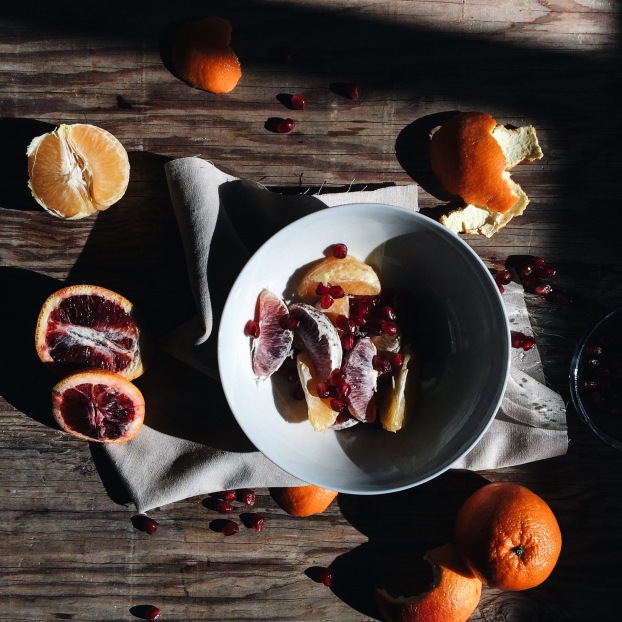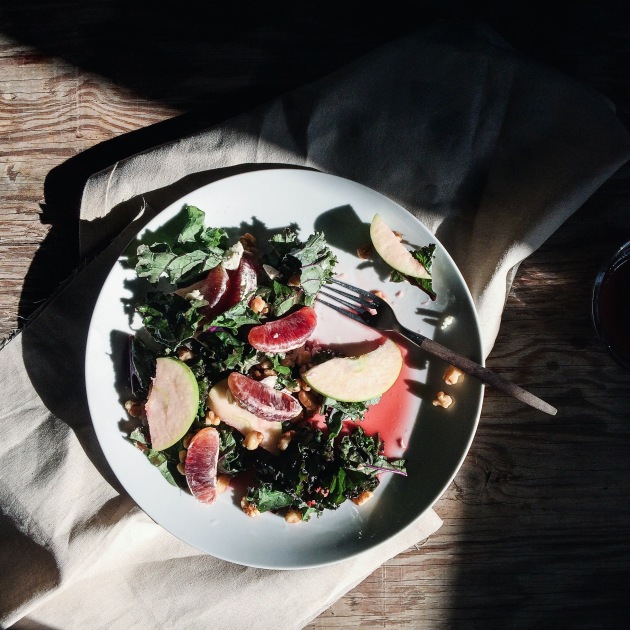I’m currently sitting at my desk with pen and paper. No screen in front of my face with pop up adds or tabs to switch through. No distractions; the way writing should be. I could tell you that I had some sort of enlightenment but that would be lying. My MacBook power cord has been sparking every time I plug it into the socket. So due to the apparent fire hazard and the fact that my computer is dead, I must take to this more backward method.
I haven’t done much blogging work lately I guess you could say. I’ve been off instagram, pretty much all forms of social media – it’s nice. I’ve been spending time with friends and family and doing a lot of planning for the wedding! Most of all, I’ve been focusing on exercising more, doing yoga, and transitioning to a more plant-based diet. The reason, although very compelling, is not to get in better shape for the wedding. I consider myself to be a pretty healthy person, so this would just be taking it to the next level – for my body and for the wellbeing of the planet.
I love to watch documentaries on Netflix; particularly those that have to do with the food we eat. And since I’ve seen Food Inc. about 10 times, I thought it was time to find something different. I found a couple that were good and you can find these on Netflix! Vegucation and Fat, Sick, and Nearly Dead. Vegucation follows three New Yorkers that decide to go Vegan and why going vegan is so important for our bodies and the planet. Fat, Sick, and Nearly Dead follows a man named Joe Cross who nursed himself back to health from obesity and a debilitating autoimmune disease by juicing using only fruits and vegetables. Both are compelling and both have two common themes. They advocate for a plant based diet and they both show a lifestyle that goes totally against the grain (no pun intended) of where our food system is currently taking us.
I am absolutely floored when I hear of juicing or a plant based diet come under such scrutiny. Yet too often crazy diet fads and weight loss pills take center stage. No one is complaining about those. Okay maybe some people are, but these unnatural methods touting health benefits often comes up wanting.
Enough is enough. We’ve tried everything else, it’s time to get back to the basics. Fruits and vegetables is where it’s at – and that’s just the beginning to being on a healthy path for the rest of your life! Is meat, cheese, and dairy good for you? Sure! In moderation. The problem with that is for most people it’s the opposite. We eat more meat, cheese, and dairy and we eat fruits and vegetables in moderation. Fruits and vegetables are the real deal! Nutrition straight from the earth. You can’t get more wholistic than that!
A plant based diet isn’t what we typically think of as a diet. It’s a change of lifestyle. You are reorienting your tastebuds, expanding your palette, and changing your habits. Whether you decide to go all plant based (vegan) or mostly plant based, your body will thank you for it either way. For example, the purpose of a juice cleanse is not so you have to drink only liquids the rest of your life, it’s to give the body a boost and the motivation it really needs to get healthy and start craving the right kinds of foods.
I used to think going vegan was kind of unnecessary. Meat holds an essential building block to our health – protein. And as long as you eat locally sourced meat and not fast food it’s okay. There are a whole host of repercussions, some seen and some not seen, when we pick up that ground beef from the store. I don’t think I’m ready to go completely vegan, but I would like to gravitate toward a predominately plant based diet. It’s silly to think meat is my only source of protein when there are so many other alternatives out there.
I’m starting on a path to total wellness and I encourage you to do the same! If nothing else so you feel better and live a happy life! Have any of you tried going vegan or have done a juice cleanse? I would love to hear your thoughts!
Adele









